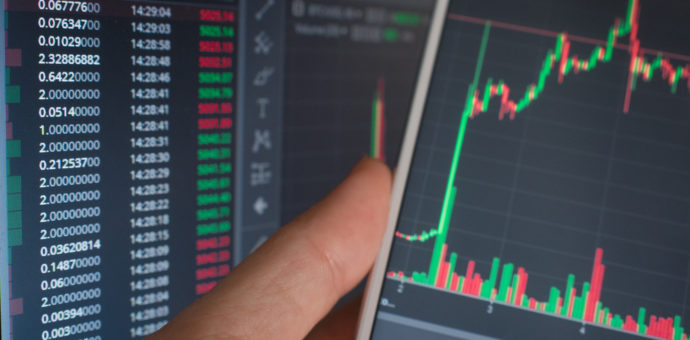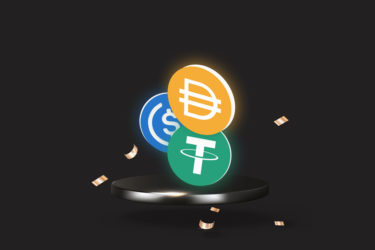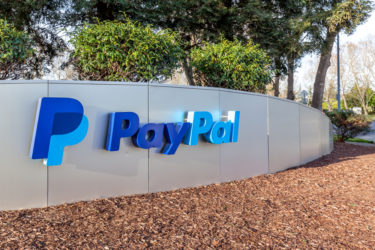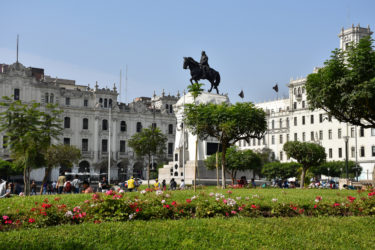Stablecoins have been gaining ground lately, mainly thanks to the high volatility of the bitcoin. But what are these stable currencies? While cryptocurrencies generally have no ballast, stablecoins are backed. Generally, this ballast is a national currency, but it can also be a commodity. Therefore, “ordinary” digital currencies often have price swings, while stablecoins do not undergo this process.
While it may seem like a disadvantage to have an asset that is not valued, having stablecoins in the wallet can be helpful. They speed up, for example, the purchase of other cryptoassets in appropriate times. In addition, they protect investors from volatility and are seen as a gateway to the crypto market.
The stablecoins market is experiencing strong growth. While they were more than 50 in February 2019, the number has reached 200 this year, according to a March report by Finextra.
The role of BRZ, the Brazilian Stablecoin
One of these stablecoins is the BRZ, or Brazilian Digital Token. Launched in 2019 by Transfero Swiss AG, it is the first stablecoin denominated and paired in Brazilian Real. One year later, BRZ is the most negotiated Brazilian stablecoin.
Transfero’s CEO, Thiago Cesar, highlights the role of BRZ in the internationalization of business. “BRZ has the role not only of giving Brazilians access to the international market, but also of allowing foreign companies to do business in the country”, he said.
And there is a real example of this BRZ feature. Operating in Brazil since June 2019, the FTX exchange has seen its business grow exponentially in the country after the partnership with Transfero Swiss and BRZ, which allowed Brazilian users to transfer reais directly from their bank accounts to the platform. The company currently has around 1,000 customers in Brazil and intends to continue to grow here.
“The Brazilian market is very interesting for us. It is a market with a lot of activity and with real use cases of cryptocurrencies. On the other hand, local exchanges still charge very high withdrawal fees, which opens up a business opportunity. “, Tristan Yver FTX Operations Manager said.
How to buy stablecoins
Stablecoins are available on some exchanges. In order to buy them, you need to open an account on one of these platforms and then “load” that wallet with “real” money or cryptocurrencies. It is such resources that you will use to buy your stablecoins.

Brazilian BRZ is available in national and foreign platforms
Before choosing the exchange, it is important to check if it trades the stablecoin(s) in which you are interested. BRZ, for example, is available on both Brazilian and foreign platforms. The national companies operating with the Brazilian stablecoin are BitPreço, BitRecife, Profitfy, Union Trade Capital, BRZCrypto, Bizanc and NovaDax. The international ones are: FTX, AdvCash, BitForex, BitTrex, EMX, Simex, Transfer Liechtenstein, VirgoX, ZBX.
There are two possible ways to consult the values of a stablecoin. But first of all you need to know the currency code (which is usually a combination of letters). With this in hand, the first option is to search for this code on a website that monitors the market, such as Coin Market Cap. Or it is possible to check directly on the exchange website.
Tether is a stablecoin featured with US$15 billion in capitalization
However, not every stablecoin is fully centralized. This exception is DAI, a stablecoin with dollar ballast. Instead of being stabilized by banks, a governance token (MKR) does this function. To use DAI, the user must deposit assets as collateral in “Maker Vaults”, within the platform of Maker, creator of DAI. The platform then generates DAIs, but their value do not exceed that of the guarantee, the company said. From then on, the cryptoasset can be used.
The DAI is one of the main stablecoins under negotiation today. Beside it, there are also USDC and Tether. The latter reached US$ 15 billion in market capitalization on September 17, according to the company’s tweet. The publication also says “in just one month, Tether’s market capitalization has grown over US$ 3 billion”. Although this figure represents only a fraction of Bitcoin’s market capitalization (more than US$ 198 billion, on the day this article was written, according to CoinGecko), it comfortably surpasses that of the other two main stablecoins. On the same day, the market capitalization of the USDC was US$ 2.5 billion; while the DAI amounted to US$ 903 million







